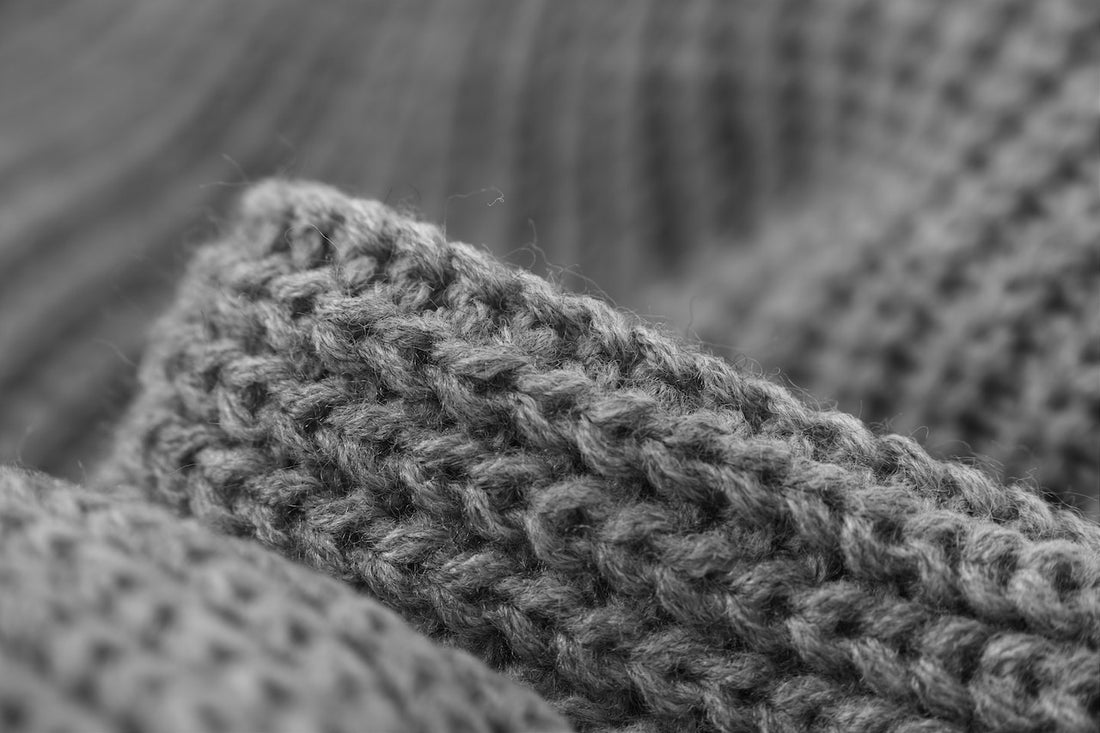
Knitting Gauge: Understanding Its Importance for Perfect Results.
Knitting Gauge: Understanding Its Importance for Perfect Results
Knitting gauge is a crucial aspect of producing a perfect knitted item. It refers to the number of stitches and rows per inch in a knitted piece. It is essential because it helps you to determine the correct needle size, yarn weight, and tension required to achieve the design size indicated in the knitting pattern. In this blog post, we will discuss the importance of knitting gauge and how to measure it correctly.
Why is knitting gauge important?
Knitting gauge is important because it determines the size of your finished knitted item. If the gauge is too tight or too loose, the finished item may turn out too small or too large, respectively, and this can be a frustrating experience. The knitting pattern usually indicates the gauge required to obtain the design size of the knitted item.
Choosing the right needles for your project will also depend on the gauge of the yarn or thread used. Hence, the knitting gauge should be measured before you start knitting to avoid having to change needles mid-project, which may alter the overall appearance of the knitted piece due to the resulting different tension.
How to measure knitting gauge
Measuring the knitting gauge is straightforward. As a beginner, you can start by working on a swatch - a small piece of knitting that you can see as a tester before beginning the actual project.
Using the recommended needle size in the pattern, cast on a sufficient number of stitches to measure four inches across. The number of stitches required for four inches is usually listed on the pattern. Then knit a few rows of knit stitches, followed by a few rows of purl stitches. Continue in this pattern to create the swatch.
Once you have finished the swatch, place it on a flat surface, and use a ruler or tape measure to count the number of stitches in four inches. Count both the stitches and rows to verify the measurements. If the measurement of the stitches is greater or smaller than the required gauge in the pattern, then you need to adjust the size of your needles accordingly. If the gauge is too small, you need to use a larger needle, but if the gauge is too large, switch to a smaller needle size.
Conclusion
Like any other craft, knitting requires a certain amount of skill and knowledge to produce excellent results. Ultimately, achieving the correct knitting gauge is the key to the success of your knitted project. Understanding the importance of knitting gauge and its implications in the creative process goes a long way in assuring the end product is everything you envisioned.
In conclusion, it is crucial to take the time to measure gauge before beginning a knitting project, ensuring you can avoid any mistakes that may be frustrating later in the process. It's better to complete a swatch and get accurate measurements of the gauge than to hastily begin a project and end up with an unexpected finish to your knitting creation. Happy knitting!